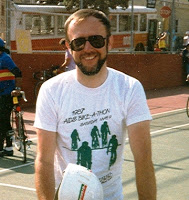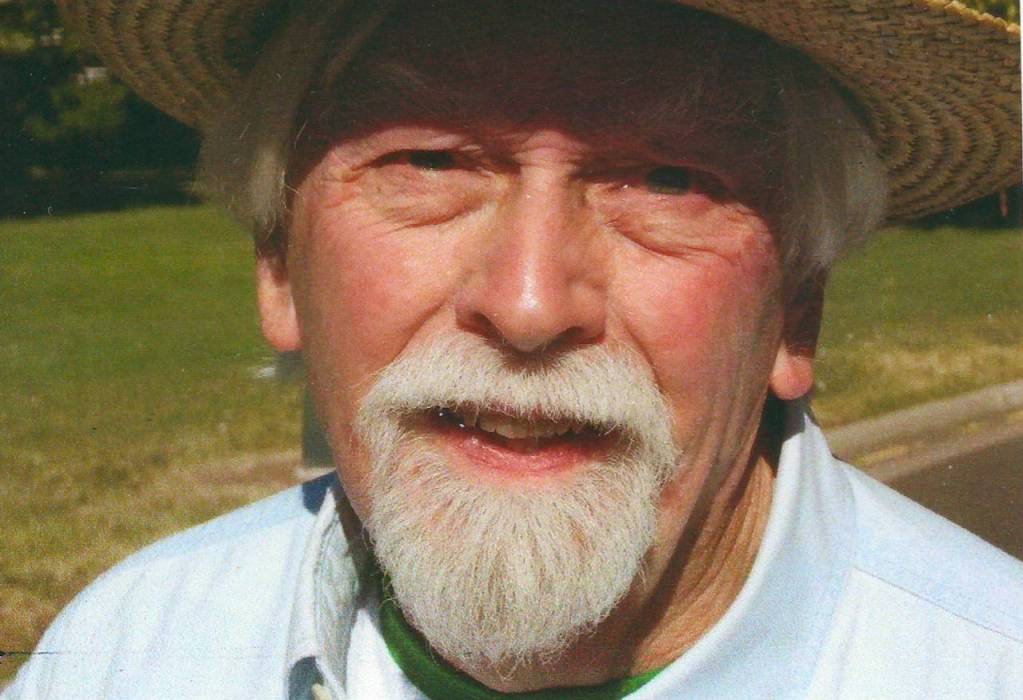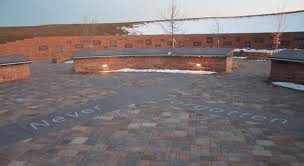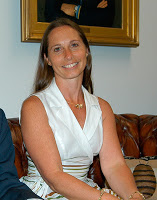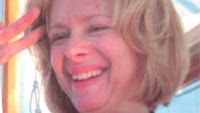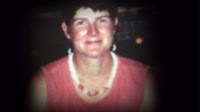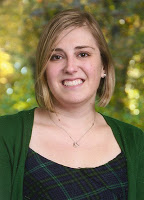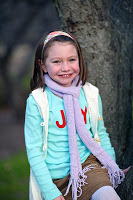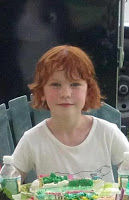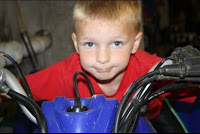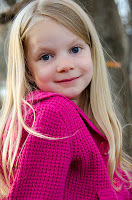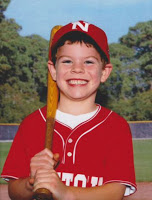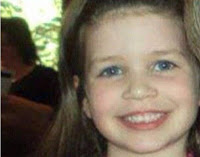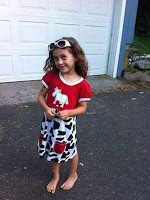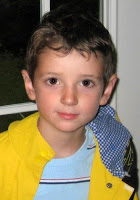We got the bird which was frozen but no problem, we knew enough to leave it in the frig for a few days to thaw out. It seemed to be doing so nicely and on Thanksgiving morning as I prepared the stuffing and prepped the turkey, things were moving along smoothly.Turkey in the oven, we were on our way to a feast.
The first sign of trouble came innocently enough when Jamie was talking to his mother about our celebration. I should point out that this Thanksgiving was a kind of late rebellion on his part. We had decided not to go to his parents for dinner, even though they were nearby, so we could have our own gathering with friends. But mothers have that knack for asking questions that can throw your plans right into the rubbish.
Bragging about our turkey in the oven, mom posed the question, “Did you get the giblets and stuff out of both ends of the turkey?”
What “both ends,” I demanded. Of course we’d pried out a bag of turkey parts from its hollow innards. But was there more in some other secret cavity? Was there something stuffed up its ass, too?
So, we hauled the bird out of the oven and poked around its backside to find out that not only was there another pouch of miscellaneous bits but that our future dinner was still, actually, frozen. Well, it did seem a little stiff when we stuffed it but now we realized we had a still frozen 12-15 pound animal and all bets were off as just when dinner would be served.
We threw the thing back into the oven and cranked up the temperature. Nothing much happened. We turned the oven up higher. Still, not much changed. It was turkey’s revenge—it would cook in its own time and never mind our plans for dinner.
Our guests started arriving and our main course was just thawing out. We had appetizers and wine and conversation while the bird began to show some sign of cooking. We reversed the order of the meal and served other courses like salad, potatoes and vegetable and more wine until at long last we pulled from the oven what we hoped was a cooked turkey. I can’t even remember what it tasted like. I guess it was good or we were all too hungry to care. Everybody ate it, nobody got sick. It was a fun time, even though a disaster.
My first venture into real cooking did not augur well for pursuing culinary delights. But, as it happens, one gets hungry and has to repeatedly do something about it. Peanut butter sandwiches as a diet are not that appealing. So, despite being shamed by a turkey, the lowest form of conscious life on this planet, I did go back into that kitchen with the intention of turning food into meals.
I am happy to report that success followed my persistence. Hunger is a good teacher and I have come since to associate the kitchen with many satisfactions and pleasures.
I love to indulge myself and what higher form of indulgence is there than food. And food grows ever more satisfying with age. Taste grows more complex and nuanced with age and taste buds, unlike other body parts, actually work better as you grow older. Kids can be finicky eaters, it has been said, because their underdeveloped taste buds aren’t working to their full capacity with just sweet and bitter dominating their little palates.
I like food. I like everything to do with food—shopping for it, growing it, picking it in the garden, preparing it, cooking it, eating and sharing it with others. I like reading about food and cooking; I like planning big meals. My favorite store in the whole world is the Savory Spice Shop down on Platte Street. Walking in their door is entering a different world full of wonderful aromas that hint of countless flavors from the dozens of herbs, spices and exotic salts on the shelves. The variations and sensations are near endless in my imagination.
Cooking is now part of my identity. I love to cook. Well, I just love food. Cooking is now a creative endeavor as I tend to use recipes not as instructions but for inspiration and as suggestions as to what goes well together and in what measure. Many times I simply dispense with recipes and make it up on the basis of what’s in the frig and hunches. The hunches—like adding paprika and dry mustard to a stew—usually pay off, i.e., are edible, but sometimes they do not turn out so well. Those I won’t go into.
Food has its rituals that can be likened to religious liturgies culminating with the sharing of sacrament. Food is work and joy, is nourishment and pleasure and connotes special relationships to those you share it with and to the earth it comes from.
So, let me officially launch this great season of holiday feasting—my favorite time of the year—with the words: Ladies and gentlemen, start your ovens. Let the eating begin!
[Editor’s note: This piece was first published in this blog in 2012.]
© November 2012
About the Author
Nicholas grew up in Cleveland, then grew up in San Francisco, and is now growing up in Denver. He retired from work with non-profits in 2009 and now bicycles, gardens, cooks, does yoga, writes stories, and loves to go out for coffee.



